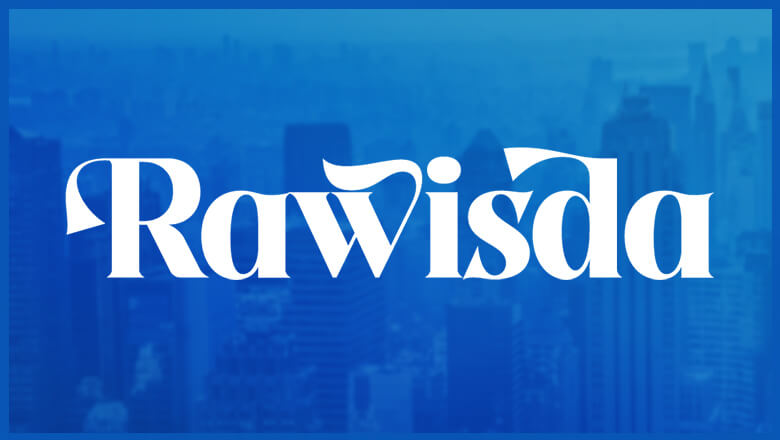
views
Millennial Pause Definition
The “millennial pause” is a brief pause before speaking in a video. People who do the millennial pause usually wait a second or two to start talking when they’re filming a video for social media (especially TikTok). The phenomenon is associated with millennials (people born 1981-1996), and it’s an example of the digital divide between older and younger generations, since members of Gen-Z and Gen Alpha tend to start talking right away when they hit "record."
Millennial Pause Origins
The term “millennial pause” originated on TikTok. In 2021, TikTok user @nisipia posted a video about the phenomenon, noting that even Taylor Swift seems to take a short pause before talking in her videos. The TikTok went viral, and social media users began to debate and discuss the “millennial pause” in their own posts. Journalist Kate Lindsay then wrote an article on the millennial pause for The Atlantic in 2022, which further popularized the term. In the Taylor Swift TikTok @nisipisa is referencing, Taylor noticeably waits a second or two before speaking. The hesitation is very short, but this is typically the case for people who do the millennial pause—it’s just a quick pause, not a long freeze.
Why do millennials do the “millennial pause”?
The pause may come from the early days of digital recording. Although there isn’t proof of this theory, many believe that millennials do the pause because they grew up during the early days of digital recording, when some cameras actually did have a bit of a lag before they started recording. Millennials have also mentioned that the Snapchat camera used to take a second or two to start filming, which may be why they’ve developed the habit of taking a short pause at the start of a video.
Does the millennial pause affect the performance of TikToks?
The millennial pause may have a negative effect on performance. There hasn’t been definitive research on this phenomenon, but some have suggested that the millennial pause can negatively affect views and engagement on posts. The idea is that, since platforms like TikTok are popular for immediate, fast-paced content, even a short hesitation before getting into the action can cause a user to lose interest and scroll away. According to some younger social media users, the millennial pause is also seen as “cringey” or uncool, which can have a slightly negative effect on the way your post is received as well. On the other hand, many millennials have joked about the pause in a lighthearted way, and some have even connected with each other over it, so it may be seen in a more positive light with audiences of that age. The bottom line? If you’ve noticed that you do the millennial pause and your TikToks aren’t performing as well as you’d like them to, try editing them so that you start speaking immediately when the video starts. It can’t hurt to give this a try, and it may increase your views and engagement.
What is the “Gen-Z shake”?
The “Gen-Z shake” is the Gen-Z equivalent of the millennial pause. Many Gen-Z social media users start recording before setting their phones down on a flat surface, so there’s a slight shake at the beginning of their videos as they situate their phones. TikTok user @homegirlzay posted a viral video explaining the phenomenon, and she’s credited with coining the term. The Gen-Z shake creates a laid-back, low-effort feel in videos, which is another example of the divide between younger and older generations on TikTok. Whereas Gen Z-ers are known for their casual attitudes on the social media platform, millennials are known for having a more polished set-up (finding the right lighting, setting up the camera perfectly before recording, etc). Although the Gen-Z shake is supposed to come off as nonchalant, some have pointed out that it could be an intentional action people take to seem more “authentic” to their audiences.
Related Terms
Cheugy “Cheugy” is a slang term that basically means “uncool,” “outdated,” or “basic.” The term describes someone who’s failing to keep up with current trends, so it’s often directed toward millennial social media users. In 2021, a TikTok user named Hallie Cain posted a viral video providing examples of things she deemed to be cheugy, including graphic tees with certain phrases on them and social media captions like “life’s a beach” or “I did a thing.” Although some people consider the term “cheugy” to be lighthearted and harmless, others think it's unkind to use it, since it essentially makes fun of people for being “out-of-style.” In fact, Cain herself has expressed regret for making the term more widespread with her video. With all this in mind, it’s a good idea to think twice before using the term to describe someone else. It’s of course alright to use the term in a self-deprecating way about yourself, though! We all do a few cheugy things from time to time, and it can be fun to connect with others over that (similarly to how millennial users have connected with each other over their unintentional “millennial pause” habit).
Zoomer “Zoomer” is an informal slang term for a member of Gen Z (people born 1997-2012). It’s a play on words referencing “Boomer,” the popular nickname of members of the Baby Boomer generation (born 1946-1964), with the “Z” from Gen-Z at the beginning instead of a “B.” The term “zoomer” can be used in a neutral way, but it’s sometimes used in a mocking or insulting way to criticize members of Gen-Z. In this way, it’s similar to other terms like “cheugy” or “millennial pause,” as it points to the disconnect between members of different generations on social media.










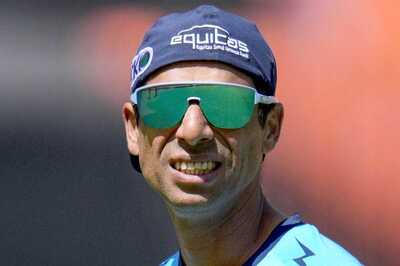

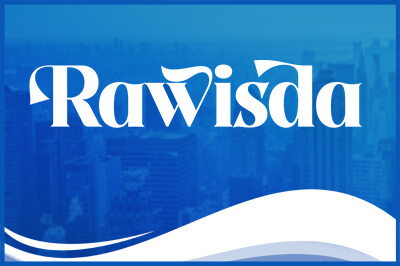
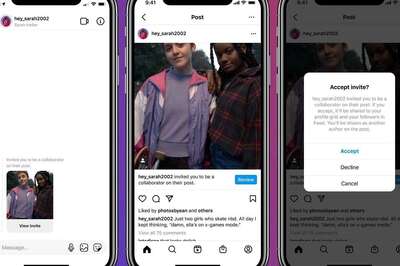

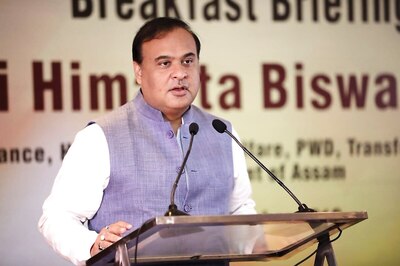
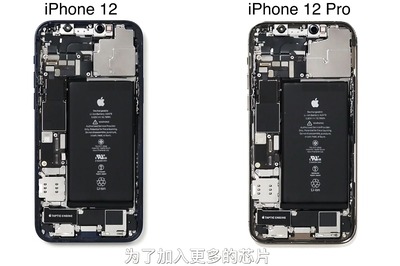
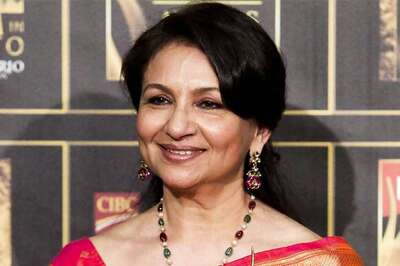

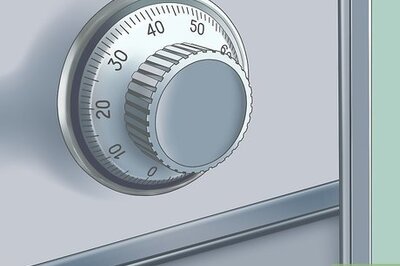
Comments
0 comment